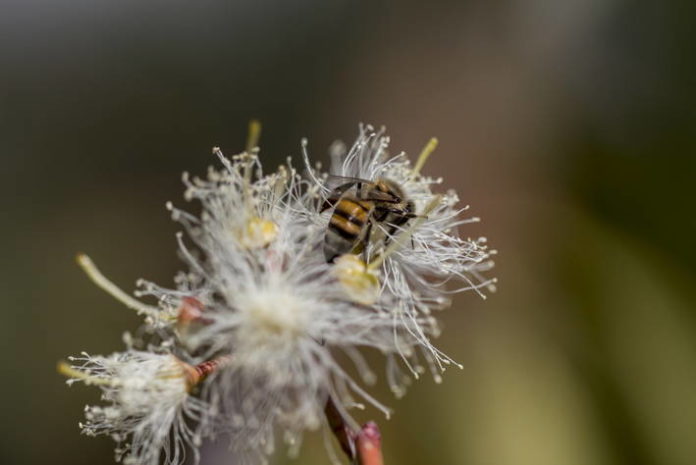A new report out today presents mounting and worrying evidence that the biodiversity that underpins our food systems is disappearing – putting the future of our food, livelihoods, health and environment under severe threat.
Once lost, warns The United Nations Food and Agriculture Organisation State of the World’s Biodiversity for Food and Agriculturereport, biodiversity for food and agriculture – i.e. all the species that support our food systems and sustain the people who grow and/or provide our food – cannot be recovered.
The report points to decreasing plant diversity in farmers’ fields, rising numbers of livestock breeds at risk of extinction and increases in the proportion of overfished fish stocks.
Of some 6,000 plant species cultivated for food, fewer than 200 contribute substantially to global food output, and only nine account for 66 percent of total crop production.
The world’s livestock production is based on about 40 animal species, with only a handful providing the vast majority of meat, milk and eggs. Of the 7,745 local (occurring in one country) breeds of livestock reported globally, 26 percent are at risk of extinction.
Nearly a third of fish stocks are overfished, more than half have reached their sustainable limit.
Information from the 91 reporting countries reveals that wild food species and many species that contribute to ecosystem services that are vital to food and agriculture, including pollinators, soil organisms and natural enemies of pests, are rapidly disappearing.
For example, countries report that 24 percent of nearly 4,000 wild food species – mainly plants, fish and mammals – are decreasing in abundance. But the proportion of wild foods in decline is likely to be even greater as the state of more than half of the reported wild food species is unknown.
The driver of biodiversity for food and agriculture loss cited by most reporting countries is: changes in land and water use and management, followed by pollution, overexploitation and overharvesting, climate change, and population growth and urbanization.
In the case of associated biodiversity, while all regions report habitat alteration and loss as major threats, other key drivers vary across regions.
These are overexploitation, hunting and poaching in Africa; deforestation, changes in land use and intensified agriculture in Europe and Central Asia; overexploitation, pests, diseases and invasive species in Latin America and the Caribbean; overexploitation in the Near East and North Africa, and deforestation in Asia.
The report is based on information provided specifically for this report by 91 countries, and the analysis of the latest global data.
“Biodiversity is critical for safeguarding global food security, underpinning healthy and nutritious diets, improving rural livelihoods, and enhancing the resilience of people and communities. We need to use biodiversity in a sustainable way, so that we can better respond to rising climate change challenges and produce food in a way that doesn’t harm our environment,” said FAO’s Director-General José Graziano da Silva.
“Less biodiversity means that plants and animals are more vulnerable to pests and diseases. Compounded by our reliance on fewer and fewer species to feed ourselves, the increasing loss of biodiversity for food and agriculture puts food security and nutrition at risk,” added Graziano da Silva.







